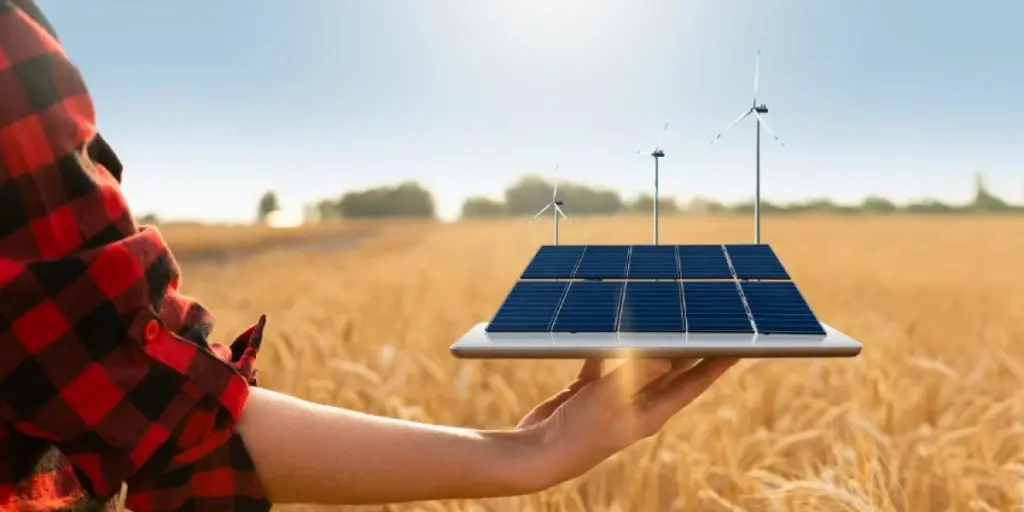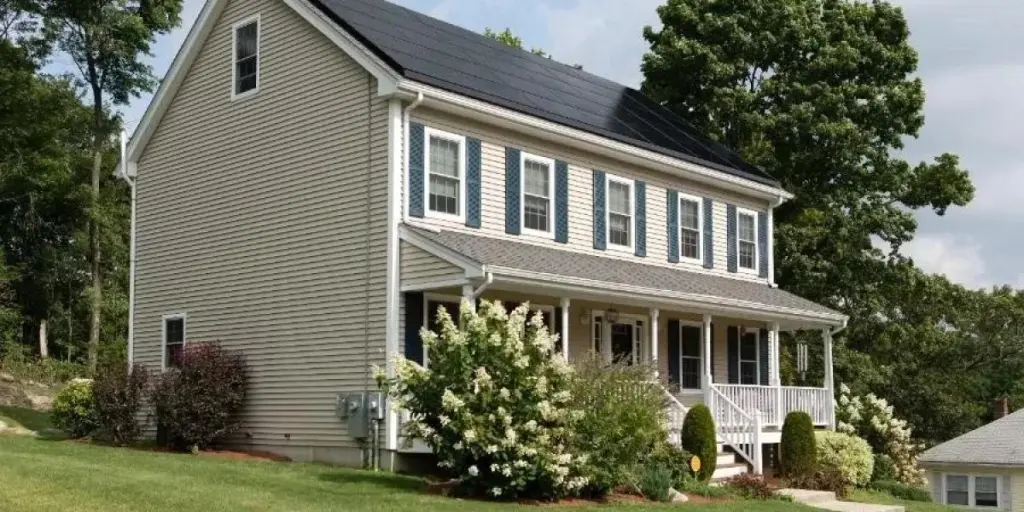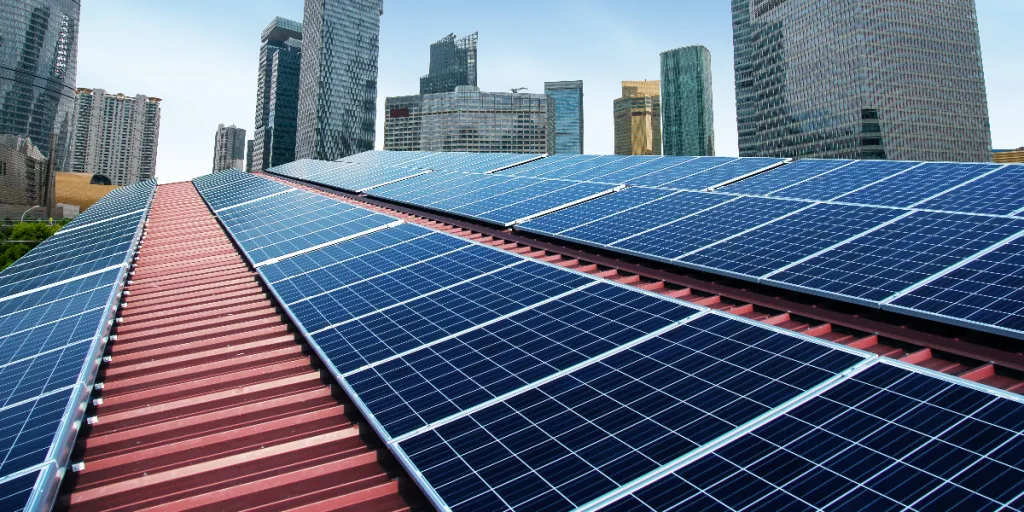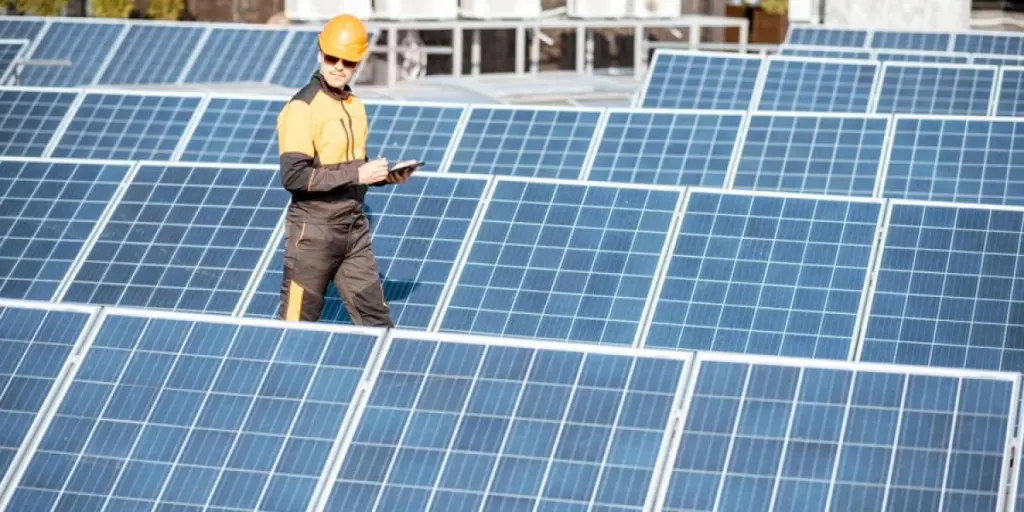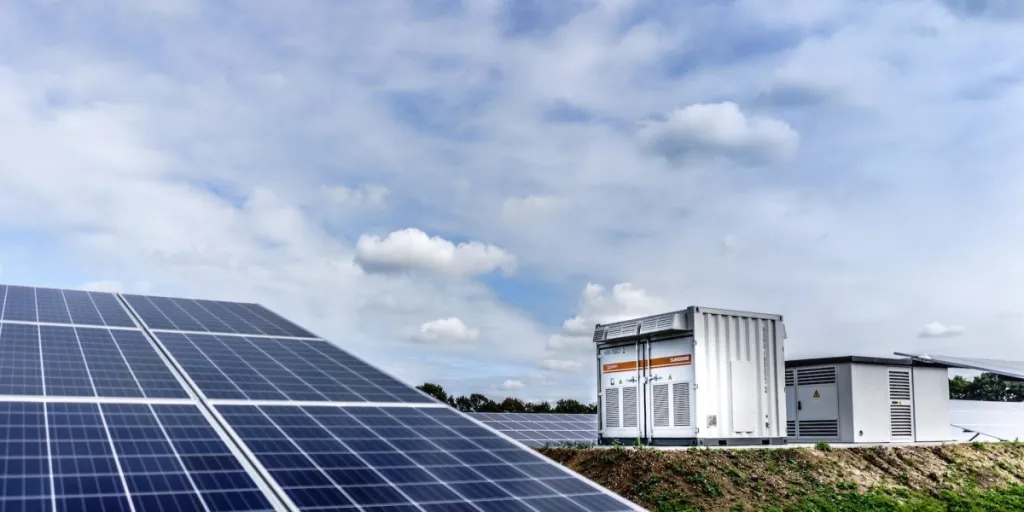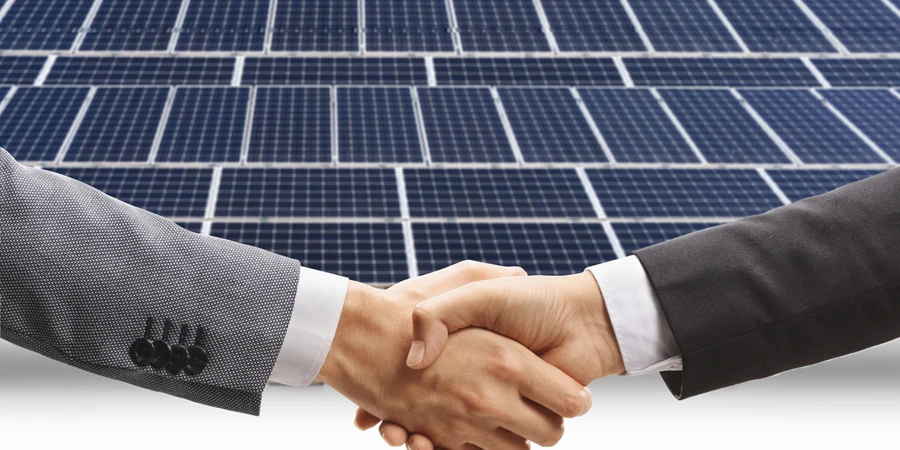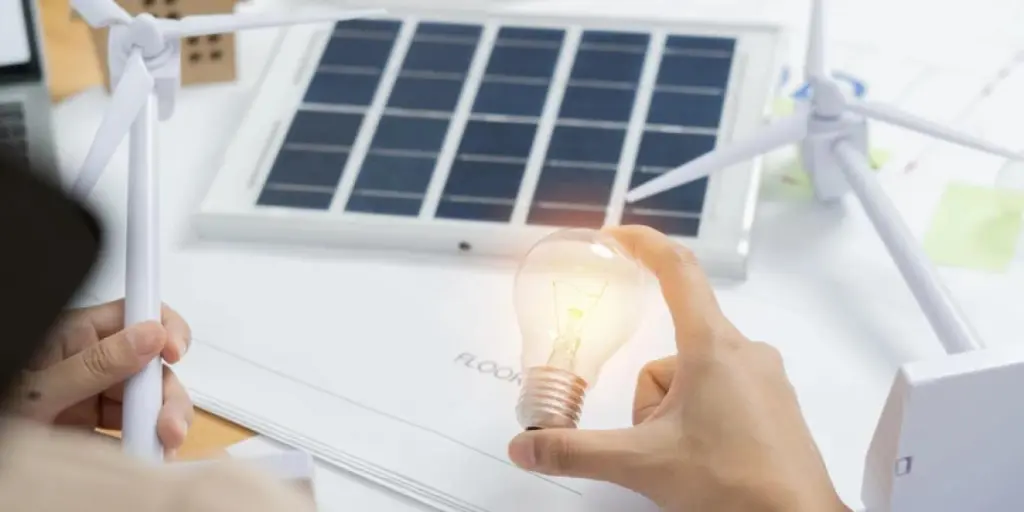- JRC’s new report on agrivoltaics explores the potential of this innovative PV application in the EU
- Using only 1% of the bloc’s farmland, it can exceed the 720 GW DC target under the Solar Strategy, achieving 944 GW DC
- The need of the hour is to lay down a clear definition of this application, while undertaking efforts to deal with technical challenges
The European Union (EU) can far exceed its 720 GW DC solar generation target for 2030 under the Solar Energy Strategy with the help of agrivoltaics, says European Commission’s Joint Research Center (JRC). Using only 1% of the bloc’s currently Utilized Agricultural Area (UAA)—with an installed capacity per land area of 0.6MW/ha—it can install 944 GW DC of PV capacity.
This 944 GW DC is almost half of 1,809 GW DC capacity that ground-mounted PV systems have the potential to generate, while allowing dual use of land, but still well above the 720 GW DC targeted officially. It is also 5-times more than 211 GW DC PV capacity the bloc had installed till the end of 2022.
“Agri-PV potential of installed capacity is at TW scale for the two main land categories of arable land and permanent grassland and meadow assuming that they are covered by 10% and 5% with Agri-PV systems,” reads a new JRC report on the potential and challenges of agrivoltaics in the EU. “If the 10% of EU’s UAA is covered with Agri-PV systems, the installed capacity could be between 3.2 and 14.2 TW, while only 5 % of coverage would lead to a total capacity comprised between 1.5 and 7 TW.”
Earlier in July 2023, Aarhus University declared 51 TW agri PV potential for Europe that could generate 71,500 TWh/year (see Enormous Agrivoltaics Potential In Europe).
Back to the JRC report, researchers argue that the multi-use of land potential that agrivoltaics offer can make it a major contributor to the European Green Deal (EGD). It can also support the region’s rural areas to combat energy poverty.
With the EU now targeting 42.5% share of renewables by 2030, member states are revising their targets as well.
Of the top 6 nations that have the highest targets under their National Energy and Climate Plans (NECP), Germany would need to cover between 1.4% and 6.4% of its UAA land with agrivoltaic systems to achieve the same.
Spain with its 92 GW target can achieve the same using 0.35% of UAA for traditional ground-mounted PV systems; however, using agrivoltaics that allows for dual-land use, it would need to expand the land coverage to between 0.44% and 2%.
Challenges
What’s lacking currently is a clear and concrete definition of this innovative PV application, complain the researchers. At the same time, there is no European standard for such systems to follow harmonized agri-PV policies across the EU.
Since this kind of installation allows for agricultural activities to continue on land, it should be eligible for subsidies under the Common Agricultural Policy (CAP), but at present the member states do not specifically mention support for agrivoltaics for investments in renewable energy.
According to the JRC, “Finally, regardless of the technological advancements, there are still technical challenges that need to be addressed in order to maximise the electricity production while taking into consideration the biodiversity and without compromising significantly the crop yield.”
The JRC report titled Overview of the Potential and Challenges for Agri-Photovoltaics in the European Union, can be downloaded for free on the EU commission’s website.
Agrivoltaics was one among the innovative PV applications discussed at the recent TaiyangNews Virtual Conference on Advanced Solar Module Innovations. Click here for a conference summary.
Source from TAIYANGNEWS
Disclaimer: The information set forth above is provided by taiyangnews.info independently of Alibaba.com. Alibaba.com makes no representation and warranties as to the quality and reliability of the seller and products.
